Most people in this world enjoy having two things in their homes: plants and pets. However, it is an unfortunate truth that some home plants are very bad for your pets. If they happen to ingest them, these plants can cause tremors, seizures or even worse. As such, it’s fairly important to know which plants aren’t toxic for your pets if you plan to decorate your home with them. Adding greenery to your home has benefits in addition to just being pretty, of course. It’s the easiest way to have cleaner air after all. So, we have put together a list of the best house plants for pet owners, and we hope you find it informative.
Parlor palm
Most plants like to have direct sunlight in order to grow. The parlor palm isn’t one of them. This beautiful plant only requires a few hours of indirect sunlight every day, so make sure you place it away from a window. Of course, usually you want to get more natural light in your home, and that is still a good idea, but make sure to keep your parlor palm out of the bright rooms. When it comes to caring for a parlor palm, it is important to keep in mind that they are very slow growers. They take several years to reach three to four feet (90 to 120 centimeters) in height. For the best possible results, make sure to keep the soil evenly moist constantly. And, best of all, parlor palms are completely safe for your pets, so you don’t have to worry about that.

Parlor palms are beautiful plants which can easily add character to your space while also being completely safe for your pets.
Ponytail palm
The ponytail palm (or the Beaucarnea recurvata) are the perfect choice for those worried about plant maintenance. When it comes to caring for one, you don’t need to worry too much: they require dry soil, so just make sure you don’t give them too much water. Otherwise, the only care they need is to be fertilized two or three times yearly. However, we should note that if you plan to move sometime soon, you need to be careful not just with your ponytail palms but with all of your plants. Especially if we are talking about a long-distance move, even the hardiest plant can die easily in the process. So, you need to be careful when changing location, and probably look for movers who already have some experience with moving plants. Finally, ponytail palms are completely safe for your pets, although they should still be placed out of their reach.
Specific succulents
When it comes to pet friendly succulents, you are mostly looking at the Haworthia, Echeveria and groups of air plants. These succulents can add a little character to your space while also being completely safe for you pets. Just put them in a pot and up on a desk or shelf and there you go. Alternatively, you could consider making a cactus terrarium. It’s important to note that most succulents aren’t toxic for your pets, but species with sharp spines can be dangerous for them. Caring for succulents is extremely easy. All you need to do is make sure that they get a lot of direct sunlight and some light watering every couple of weeks or so. When it comes to watering, make sure you always check if the soil is dry before doing anything. All of this together makes succulents some of the best house plants for pet owners.
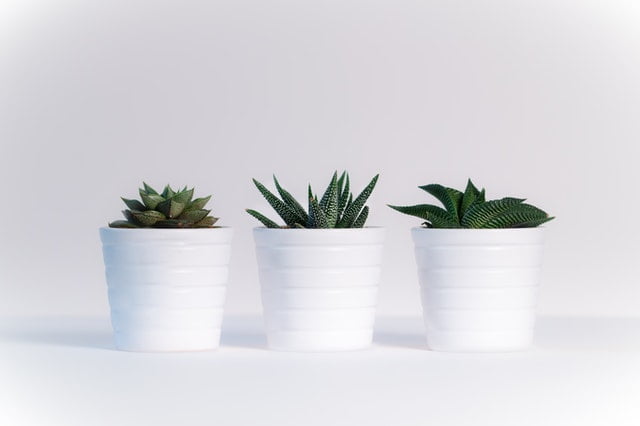
Succulents are a wonderful addition for every home, and they don’t pose a threat to your pets.
Spider plants
Spider plants are easily some of the best house plants for pet owners for several reasons: they are easy to grow, resilient and completely pet safe. These plants are considered favorites among veterinarians for these exact reasons. Also, they are great air purifiers. However, we need to note that spider plants don’t like direct sunlight, as it scorches their leaves. They can tolerate low light conditions, but ideally you want to keep them in indirect bright light at 60-80 degrees F (15-26 Celsius). When it comes to watering, spider plants need water once every week or so. They are thirsty plants, but you should still make sure the soil is dry before giving them any more water. Although, experts from City Movers note that these plants are notoriously difficult to keep alive when moving. So, if you have a move planned sometime soon, you should consider getting spider plants afterwards.
Calathea Orbifolia
When it comes to pet friendly plants, you can’t go wrong with a Calathea Orbifolia or two. Their leaf patterns are beautiful, so they make for wonderful decorations wherever you put them. However, much like the spider plant, these plants need partial shade since the sun burns their leaves. This makes them ideal for plant stands or shelves and nightstands which don’t get much natural light. Calathea Orbifolia plants require a regular watering schedule in order to stay hydrated and healthy, and should be kept in temperatures of 60-80 degrees F (15-26 Celsius) in order to thrive. Finally, they enjoy high humidity, so keeping them next to a humidifier or giving them regular misting is recommended. Knowing how to make your indoor plants thrive is important if you want to care for one of these plants, but they are well worth the effort.
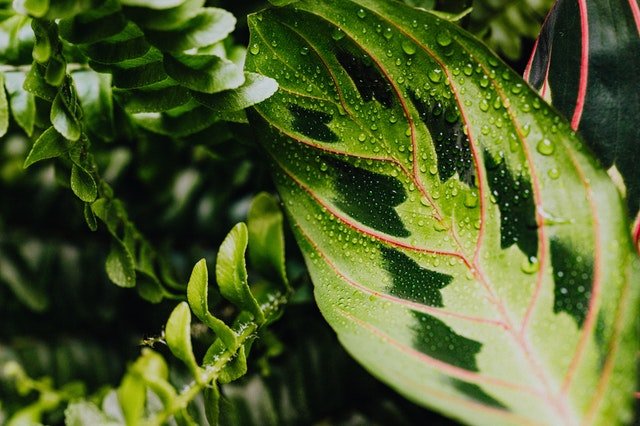
Calathea Orbifolia are definitely some of the prettiest pet friendly plants.
Best house plants for pet owners – wrap up
Pets and house plants are both wonderful additions to our lives. They can both bring some cheer and happiness, and plants specifically can help keep air pure in our homes. As such, getting house plants which are also safe for your pets is the perfect way to keep both in your home at the same time. Fortunately, there are many beautiful plants which are also pet friendly, and a lot of them are also easy to care for. We hope you found this list of the best house plants for pet owners helpful.

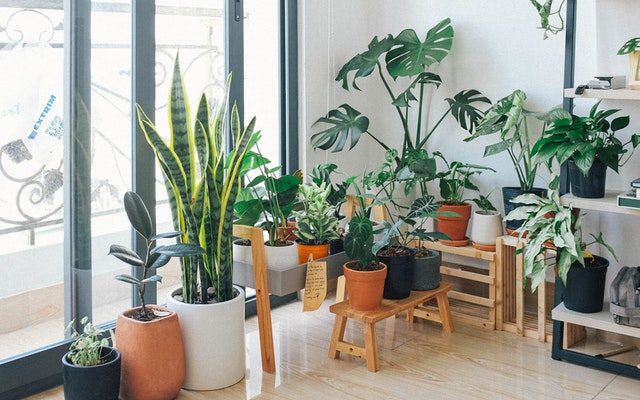



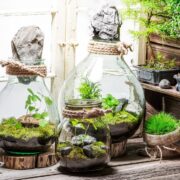
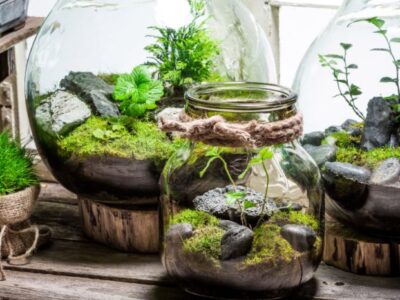

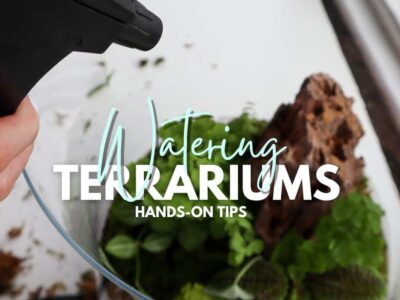
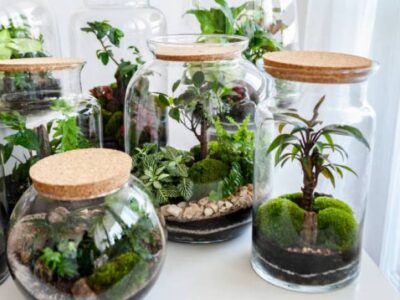
Comments